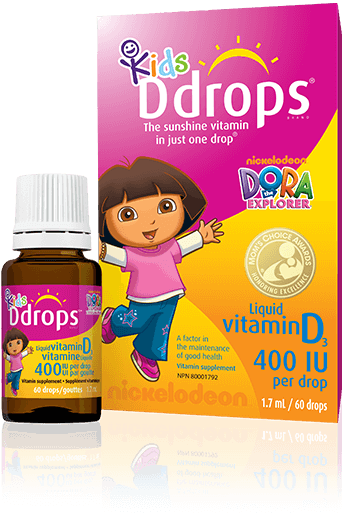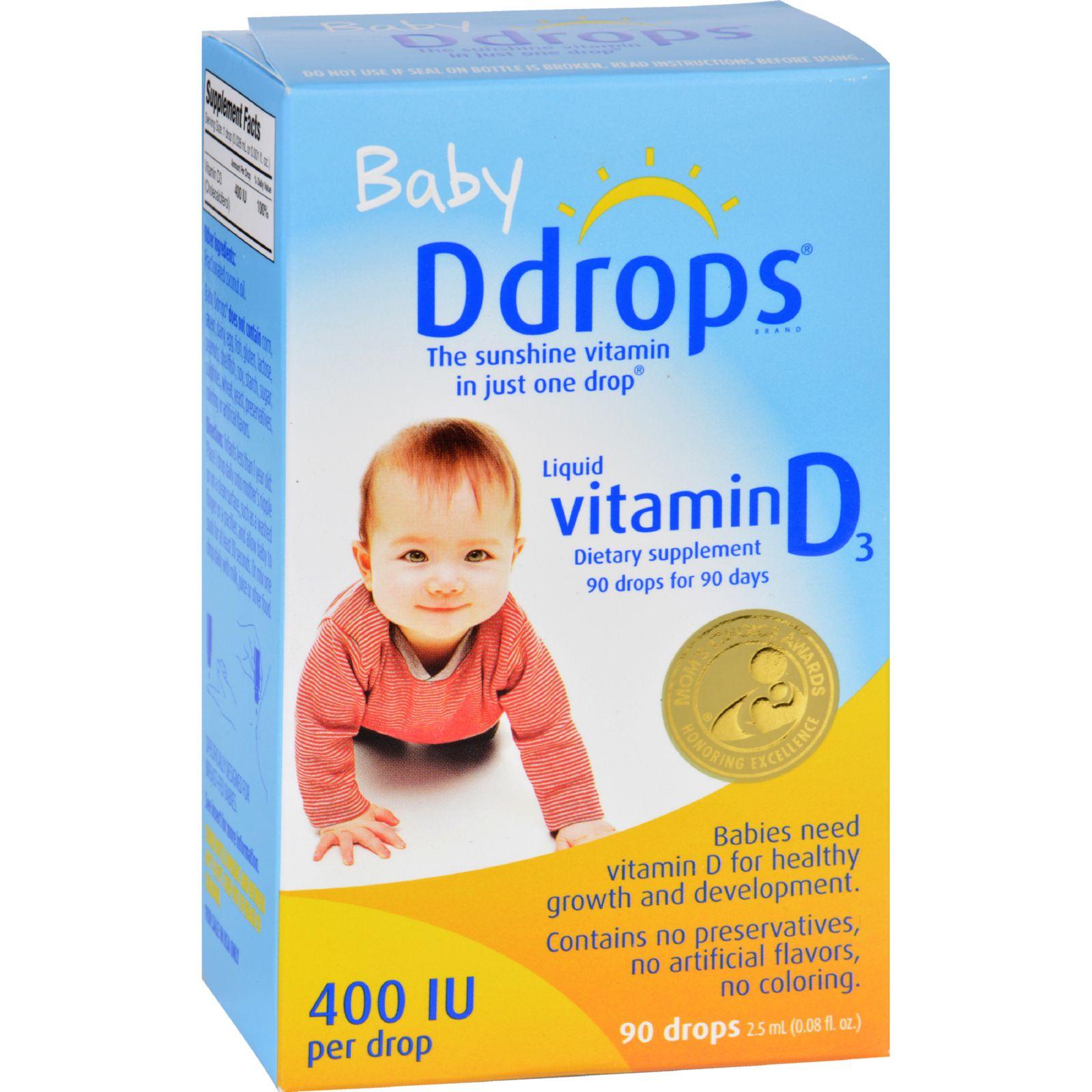


Although the dose of 400 IU daily is used for both breast-fed and formula-fed babies, vitamin D-deficient rickets is extremely rare in formula-fed infants primarily due to the mandatory addition of vitamin D to infant formulas in the United States. This recommendation has recently been reaffirmed as being appropriate by both the Institute of Medicine and the American Academy of Pediatrics whereas the Endocrine Society considers the 400 IU to be a minimum appropriate dose. The recommended dose of 400 IU (10 micrograms) daily for infants was established based on typical amounts in a teaspoon of cod liver oil. Vitamin D has been given to infants to prevent and treat rickets for almost 100 years. Daily vitamin D intake of 400 IU during the first months of life appears adequate to increase serum 25(OH)D and support BMC increases despite low initial 25(OH)D levels in some infants. Low cord 25(OH)D levels are seen in Hispanic infants, but their functional significance is uncertain related to bone health in a southern US setting. There was no significant relationship between cord serum 25(OH)D and BMC or BMD in the first week of life (n = 49) or after 3 months of vitamin D supplementation.

Among 38 infants who completed a 3 month vitamin D supplementation intervention, provision of 400 IU/day of vitamin D increased final 25(OH)D to a higher level in non-Hispanic Caucasian compared to Hispanic infants. ResultsĬord serum 25(OH)D was significantly lower in Hispanic than non-Hispanic Caucasian infants (16.4 ± 6.5 ng/mL, n = 27, vs 22.3 ± 9.4 n = 22, p = 0.013). We measured cord serum 25(OH)D levels, bone mineral content (BMC), bone mineral density (BMD) and their changes over 3 months of life with 400 IU/day of vitamin D3 supplementation. To evaluate the effects on serum 25(OH)D and bone mineralization of supplementation of breast-fed Hispanic and non-Hispanic Caucasian infants with vitamin D in infants in Houston, Texas.


 0 kommentar(er)
0 kommentar(er)
